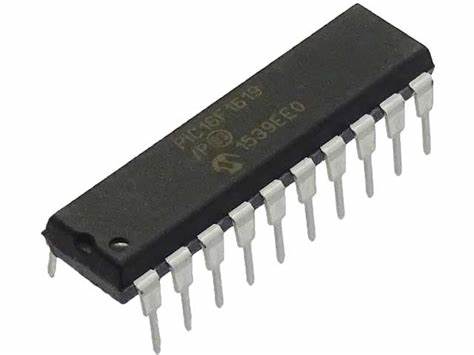Restoring Microcontroller PIC16F1619T Flash Memory Code
Restoring Microcontroller PIC16F1619T Flash Memory Code can help engineer to reverse engineering pic16f1619t memory security fuse bit, and then extract heximal code from pic16f1619t mcu flash memory and eeprom memory;

Synchronous Slave mode is entered by clearing bit, CSRC (TXSTA<7>). This mode differs from the Synchronous Master mode in that the shift clock is supplied externally at the RB1/AN5/TX/CK/INT1 pin (instead of being supplied internally in Master mode). This allows the device to transfer or receive data while in any low-power mode.

The operation of the Synchronous Master and Slave modes are identical, except in the case of the Sleep mode.
If two words are written to the TXREG and then the
SLEEP instruction is executed, the following will occur:
The first word will immediately transfer to the TSR register and transmit.
The second word will remain in the TXREG register.
Flag bit, TXIF, will not be set.

When the first word has been shifted out of TSR, the TXREG register will transfer the second word to the TSR and flag bit, TXIF, will now be set to clone pic16f1574 microcontroller flash heximal.
If enable bit, TXIE, is set, the interrupt will wake the chip from Sleep. If the global interrupt is enabled, the program will branch to the interrupt vector.
To set up a Synchronous Slave Transmission:
Enable the synchronous slave serial port by setting bits SYNC and SPEN and clearing bit CSRC.
Clear bits CREN and SREN.
If interrupts are desired, set enable bit TXIE.
If 9-bit transmission is desired, set bit TX9.
Enable the transmission by setting enable bit TXEN.
If 9-bit transmission is selected, the ninth bit should be loaded in bit TX9D.
Start transmission by loading data to the TXREG register to unlock secured microcontroller pic16f1575 flash memory.
If using interrupts, ensure that the GIE and PEIE bits in the INTCON register (INTCON<7:6>) are set.

